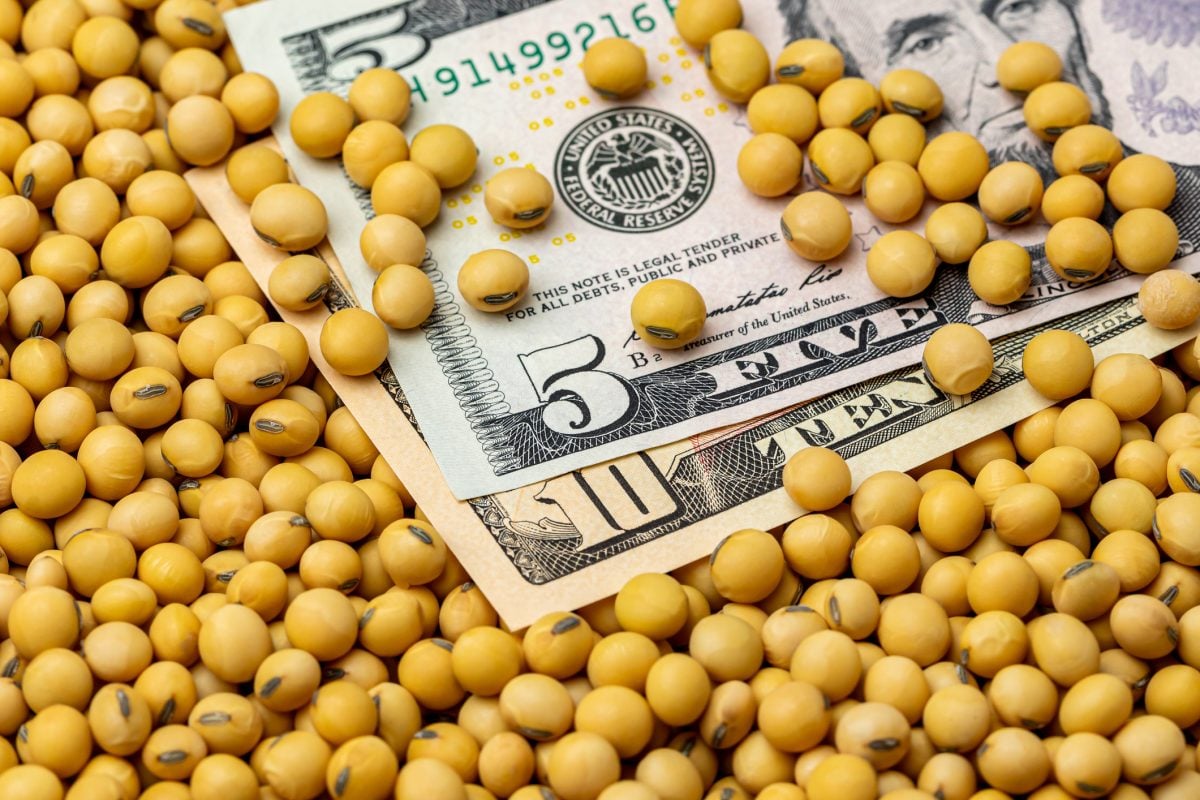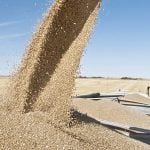Glacier FarmMedia | MarketsFarm — Canada’s trade wars with the United States and China could mean more barley acres.
Jim Beusekom, president of Market Place Commodities in Lethbridge, Alta. said with canola and pea shipments set to be hindered by the new levies, growers may be more inclined to plant more barley acres this spring.
“I’m going to estimate we could easily see a 15 to 20 per cent growth in barley acres, somewhere in the tune of 1.5 million to two million extra barley acres going in (this spring),” he said. “(Some growers said) they don’t know what to grow, and when they don’t know what to grow, they revert back to low-cost production, which would be cereal grains like barley.”
Read Also

U.S. grains: Soybean futures hover near 15-month high after China buys U.S. cargoes
Chicago Board of Trade soybean futures hovered near a 15-month high on Wednesday after trade sources said China made its first purchases from the autumn U.S. harvest ahead of a summit between leaders Donald Trump and Xi Jinping.
Agriculture and Agri-Food Canada projected 6.28 million barley acres to be seeded in 2025-26, compared to 6.4 million the previous year.
The amount of cattle in feedlots have become smaller due to the potential tariffs and a shrinking cattle herd in North America. Beusekom said these have resulted in less grain demand at feedlots and cattle staying there longer.
“Corn is still coming in from the United States and because of the threat of corn being (subject to) retaliatory tariffs, everybody’s front-loading this feed market and it’s very saturated right now,” he said.
“I don’t see demand coming in for April, but perhaps in May and June. It looks like our feed markets are going to be well-supplied based on current demand right until new crop. I don’t see a shortage in seed, (unless) we get into a drought situation in spring and summer.”
Seeding has already begun in drier areas of southern Alberta, while the rest of the Prairies saw more typical amounts of snowfall this winter.
“Any time we see farmers start planting crops in March, you know it’s dry,” Beusekom said. “That’s not an unusual condition for southern Alberta, though.”
He also heard from growers that Saskatchewan is, “70 per cent normal and 30 per cent on the dry side,” and Manitoba had “relatively normal” conditions.













